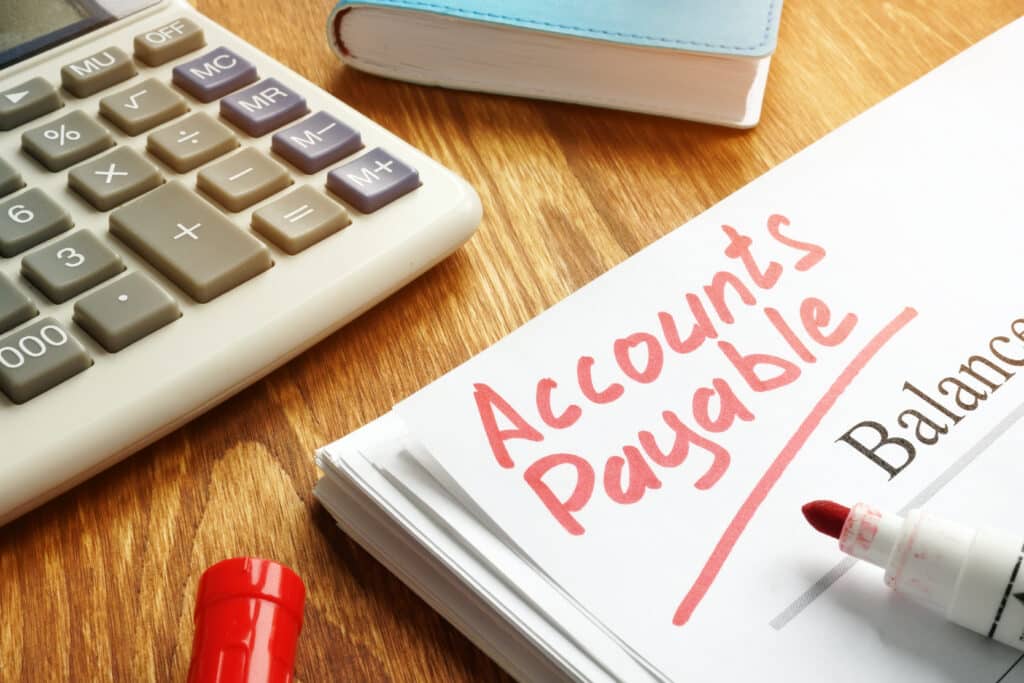Armed with the data, you’ll be steered towards purchasing carbon offsets; and this too is an area rife with charlatans. Overall, this approach neither benefits society nor your business. At the least, your misstatements of fact open the door to regulatory actions, and not is reputational damage far behind. Either way, such approaches to carbon neutrality carry a cost, and one which is increasingly expensive.
There is a better approach, and it’s changing the face of delivering corporate sustainability, no matter whether yours is a mid-sized SME, a global plc, or a public body such as a university. At its heart is the proven notion that sustainability – going green – can be self-funding. And it starts with those scope 3 emissions: we’re going to look at your supply chain!
In broad terms, 80 percent of your emissions are to be found in your supply chain, and across the spectrum of your suppliers, 80 percent of those emissions will be identified as stemming from your top twenty percent of your suppliers. Conquer this, and discussions about purchasing carbon offsets can be ended!
Combining a purchase goods and services (PG&S) audit with carbon accounting provides immediate data for a quality carbon report, one which covers at least eight of the scope 3 criteria. Your report will now exceed the most stringent criteria and you’re instantly more competitive, and you’ve also gained some cool marketing news.
However, and this is the key, this same PG&S audit not only enables consultant analysts to identify easy-to-achieve carbon reduction measures, but it reveals the inefficiencies of your procurement strategy.
Assume a turnover of £50m, and operational expenditures of £5m. Now consider than an average of 8.3% may be saved through procurement optimisation and your business can add £415K to its bottom line for the year without the cost of sales.
Clients taking our PG&S approach to sustainability are reaping the rewards, and simultaneously freeing up the funding to press forward with clean energy initiatives, such as solar and air source heat pumps – altogether a more responsible approach to carbon reduction than carbon offsets.
If you would like a consultation, please get in touch.



